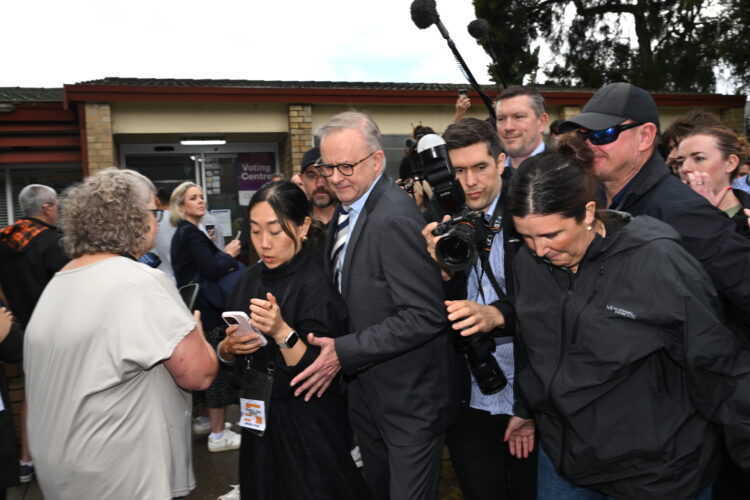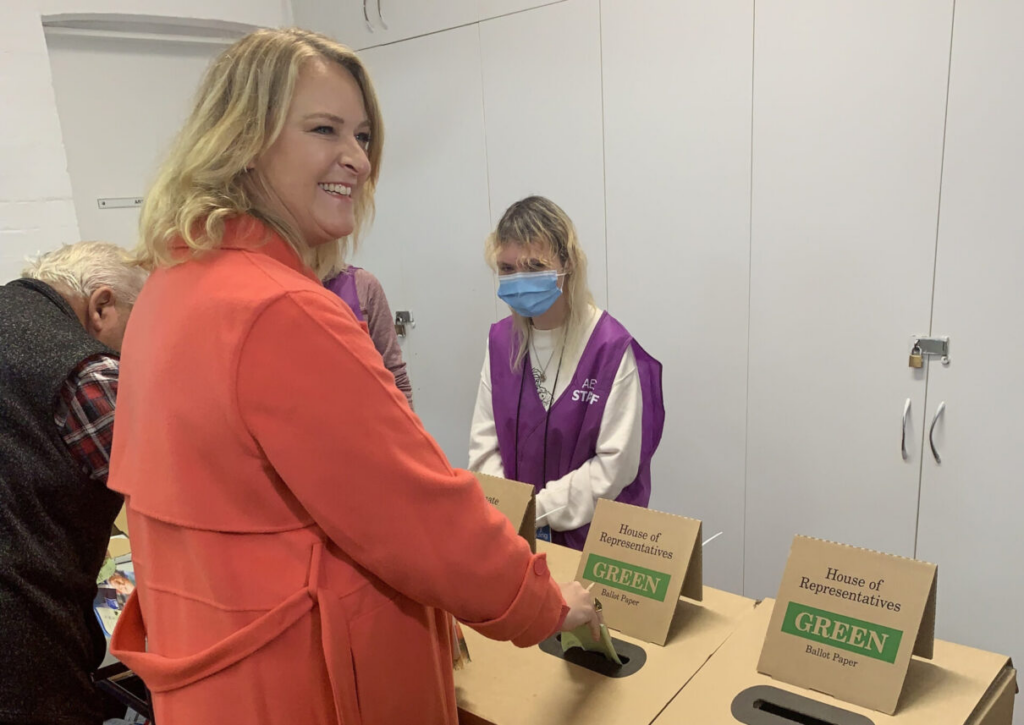Joshua Black has written a brilliant piece for The Conversation on independents and minor parties and their roles in our parliaments:
Major parties used to easily dismiss the rare politician who stood alone in parliament. These MPs could be written off as isolated idealists, and the press could condescend to them as noble, naïve and unlikely to succeed.
In November 1930, when independent country MP Harold Glowrey chose to sit on the crossbench of the Victorian parliament while his few peers joined the new United Country Party, the local newspapers emphasised that he could not “become a cabinet minister” or “have a say” in making policy from the sidelines. (As if he wasn’t aware.) Australia was a place where, according to the scribes at The Ouyen Mail, “very few constituencies were prepared to elect independent men”.
Things are rather different now. Lifelong loyalty to a single party has become a rarer thing among voters, with the Australian Election Study showing fewer than four in ten voters give their first preference vote to the same party at each election. It was more than seven in ten back in 1967.
Voters have gravitated towards alternatives to the two major parties. A new interactive data tool from the ABC shows just how much more competitive federal elections have become. Australians are now world leaders in sending independents to represent them in state and federal parliaments.
And who could call the independents of the recent past naïve? Independent MPs held the balance of power in New South Wales in the early 1990s, and in Victoria later that decade. Both parliaments saw substantive reforms and improved parliamentary processes.


